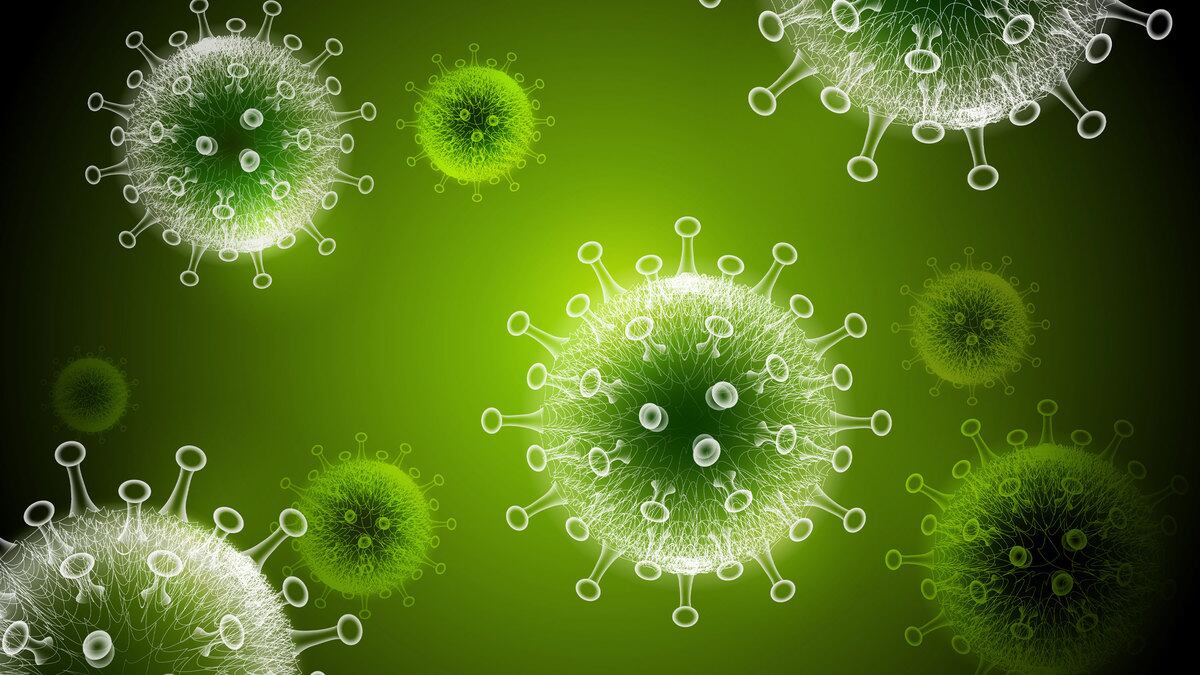Human cells are like little factories, producing goods that fuel the body. That is, until viruses—opportunistic strands of RNA or DNA—arrive with their own subversive agendas. They infiltrate the body’s manufacturing industry, find gullible factory workers and convince them to abandon their programming to take up new orders. If the immune system doesn’t arrest and disarm them in time, before long, the virus may be running the show.
SARS-CoV-2 has earned a particularly “evil genius” reputation when it comes to hijacking the operations of human cells. It is especially easy to contract and especially hard to defeat, and thanks to findings from the University of Texas Health Science Center at San Antonio, we now have a better understanding of why—and what to do next. A new study published Friday in Nature Communications reveals how the novel coronavirus is especially sophisticated: It dons a disguise and parades as a trustworthy messenger to human cells, ultimately delivering counterfeit genetic information that allow it to take control.
Welcome to Rabbit Hole, where we dive deep on the biggest story. It’s for Beast Inside members only. Join up today.
Dr. Yogesh Gupta, lead author and professor of biochemistry and structural biology at UT Health, says its superpower lies in this ability to disguise itself. “In order to procreate in the cell, SARS-CoV-2 have two key mechanisms they employ: to protect its genome, and to go unnoticed or hide from the cell it invades,” he told The Daily Beast. SARS-CoV-2 viruses “modify their own RNA so that now, it structurally mimics the cell’s messenger RNA. In this way, a cell cannot really distinguish between its own RNA and the virus’.”
Before the 2020 pandemic, Gupta’s research focused on protein RNA and DNA interactions in cancers, and his team has been working around the clock since the virus’ genetic sequence became available in January in hopes of leveraging this specialization to identify new drug targets.
It turns out SARS-CoV-2’s method for deceiving cells is not entirely novel. According to Gupta, past coronavirus strains have accomplished the same feat with the same toolset, changing the appearance of their RNA cap through the production of an enzyme called NSB16.
“We knew from previous work that the enzyme was used by previous strains of coronavirus, but we didn’t know whether SARS-CoV-2 could behave similarly,” Gupta said. “What we found was that this enzyme has some mutations that are unique to SARS-CoV-2, not found in any previous outbreak or non-outbreak strains. In addition to that uniqueness, we now have a snapshot at an atomic level of how [the virus’s custom enzyme] operates—how these different parts move around to accommodate the RNA.”
Seeing how this process unfolds, Gupta said, provides researchers with the necessary intel to develop antivirals that will get in the way. And if this game of deception is how coronavirus wants to play it, effective treatments may involve tricking it right back.
Coronaviruses are so called because the protrusions from the virus molecule’s surface look like the points on a crown. Each spike is a protein that can latch onto cells at entry points called ACE-2 receptors. The virus hooks in and injects its own genetic material in its messenger RNA disguise. Concurrent research out of the Rensselaer Polytechnic Institute in Troy, New York, is asking: What if the molecules it latched onto looked like human cells, but instead, they were just decoys?
In a separate study published last week in Cell Discovery, a team at the Center for Biotechnology and Interdisciplinary Studies at RPI tested a common blood thinner called Heparin, made from an extract from edible seaweeds, as a possible COVID-19 treatment, finding that it ”substantially outperformed” Remdesivir, current leading antiviral therapy against SARS-CoV-2, in inhibiting infection.
Remdesivir is a trickster too. It also presents itself as legitimate RNA, tampering with the coronavirus’s RNA and causing most of the viruses it ultimately procreates to be defective. Eventually, if enough of its progeny are nonstarters, it dies out. But with Remdesivir, some successful viruses still get through.
Meanwhile, Heparin coated cells’ exteriors, creating decoy molecules that coronavirus intruders would infiltrate and then become trapped and gradually stall out. Previously, CBIS researchers have tested such decoy strategies to trap dengue, Zika, and influenza A.
“The reality is that we don't have great antivirals,” Jonathan Dordick, RPI lead researcher and a professor of chemical and biological engineering, said in a news release Friday. “To protect ourselves against future pandemics, we are going to need an arsenal of approaches that we can quickly adapt to emerging viruses.”
Indeed, Gupta’s lab’s focus now is to add to that arsenal, too.
Pending funding, the work he has lined up next will involve the creation of molecules that, once released into the body, would inhibit the virus’s NBS16 enzyme from doing its job. “We can actually design these small molecules that can block the activity on this enzyme, so the viral RNA can no longer act as camouflage,” he said. Without the ability to put on its disguise, SARS-CoV-2 will be recognizable as a foreign entity, triggering the immune system to attack. “Our molecule can actually work in conjunction with Remdesivir, or stand alone.”
He agreed that with a virus as stealthy as this one, one line of defense, whatever it is, may not be enough.
“With the success of Remdesivir and the challenges we face with the vaccine development, I think there could be a combination that one has to take to target multiple pathways of the virus at the same time.”






